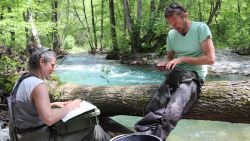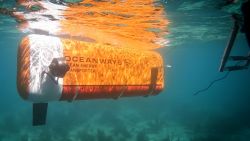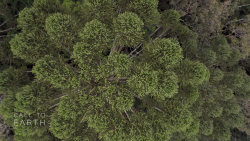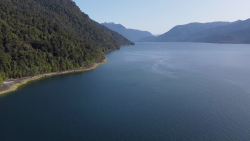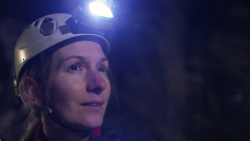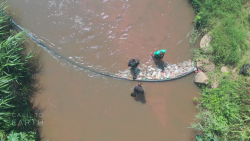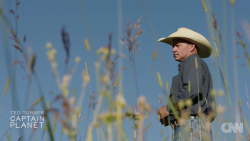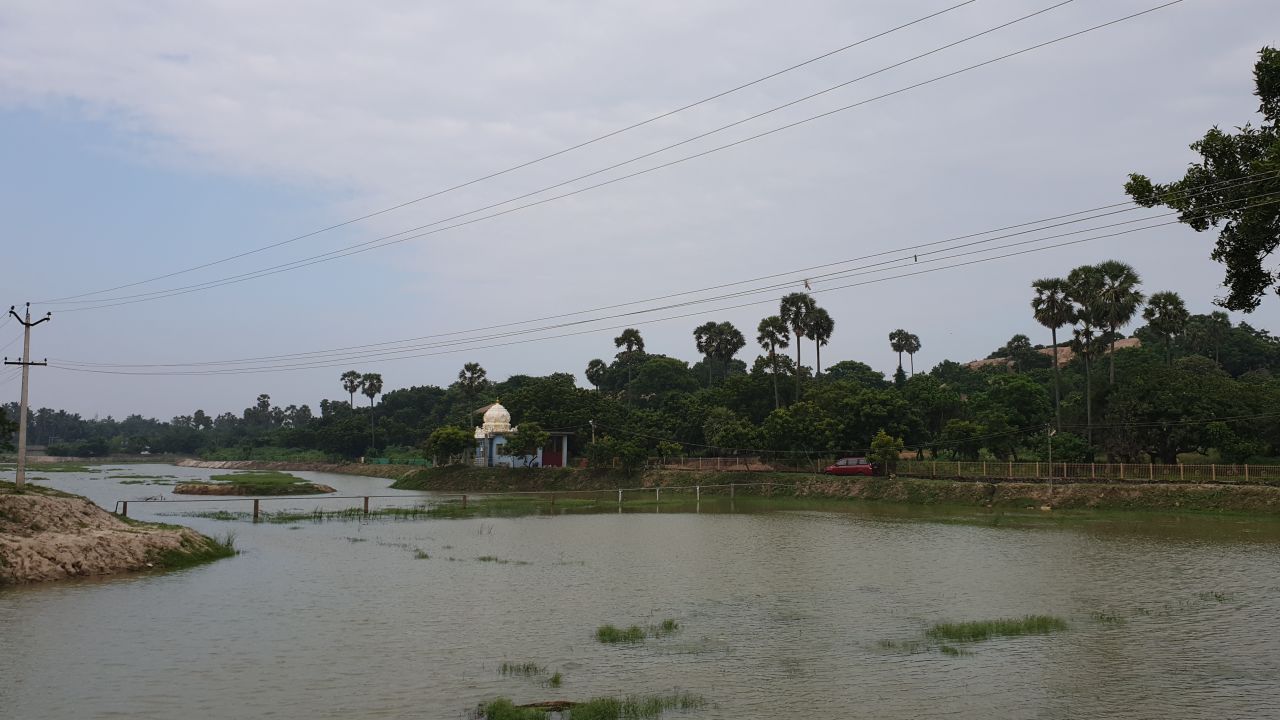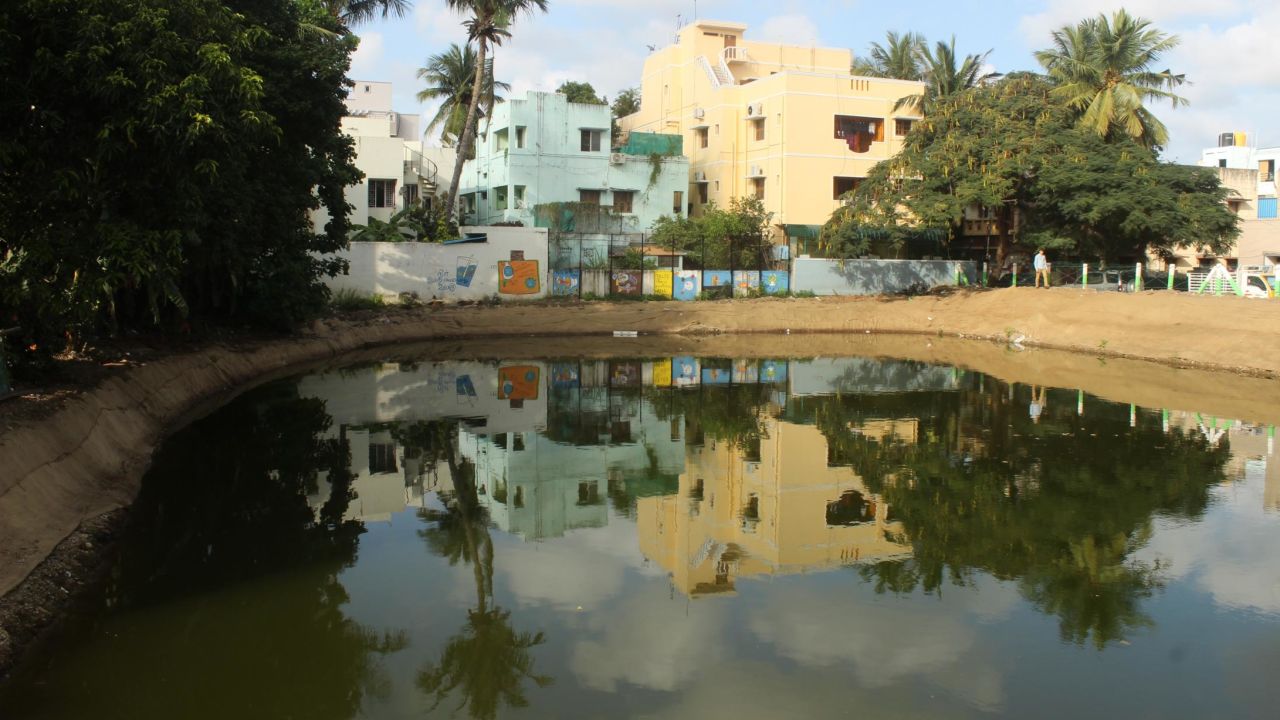Editor’s Note: Call to Earth is a CNN initiative in partnership with Rolex. Arun Krishnamurthy is a Rolex Young Laureate.
When Arun Krishnamurthy was a teenager, he witnessed a pond near his home in the suburbs of Chennai, India, fill up with trash.
The damage to the pond “snatched away” happy childhood memories, he says – and inspired him to become a conservationist. “I wanted to somehow see (the pond) revived to its original glory.”
The 33-year-old now runs the Environmentalist Foundation of India (EFI) – a nonprofit group that restores freshwater lakes and ponds across India. Krishnamurthy set up the foundation in 2007, the same year he started working as an account associate at Google. Three years later, he quit his job to run EFI full time.
It took 8 weeks to clean up the Konneri Tank, once used as a source of drinking water for local residents. The lake, in south India, was smothered with invasive weeds.
Many of India’s water bodies are clogged with waste – from plastic bags to construction rubble – and often infested with weeds. The EFI team works to clear out the garbage and restores the natural habitats of birds, frogs and native plants, giving wildlife a chance to return.
Over the last 13 years, EFI has carried out restoration work on 112 lakes and ponds.
Beyond these local projects, there’s another reason Krishnamurthy is so passionate about his work.
“India’s got a water story to tell,” he says. “The world has to know.”
India’s water story
India – with a population of 1.3 billion people and growing – is running out of water.
According to a 2018 report by government-funded think tank NITI Aoyag, 600 million people across the country face high to extreme water stress, and around 200,000 people die every year because they lack adequate access to safe water. By 2030, it says, the demand for water in India is expected to be double the available supply.
Activists say the water shortages stem from poor planning and management and are exacerbated by climate change, which has led to more droughts and floods.
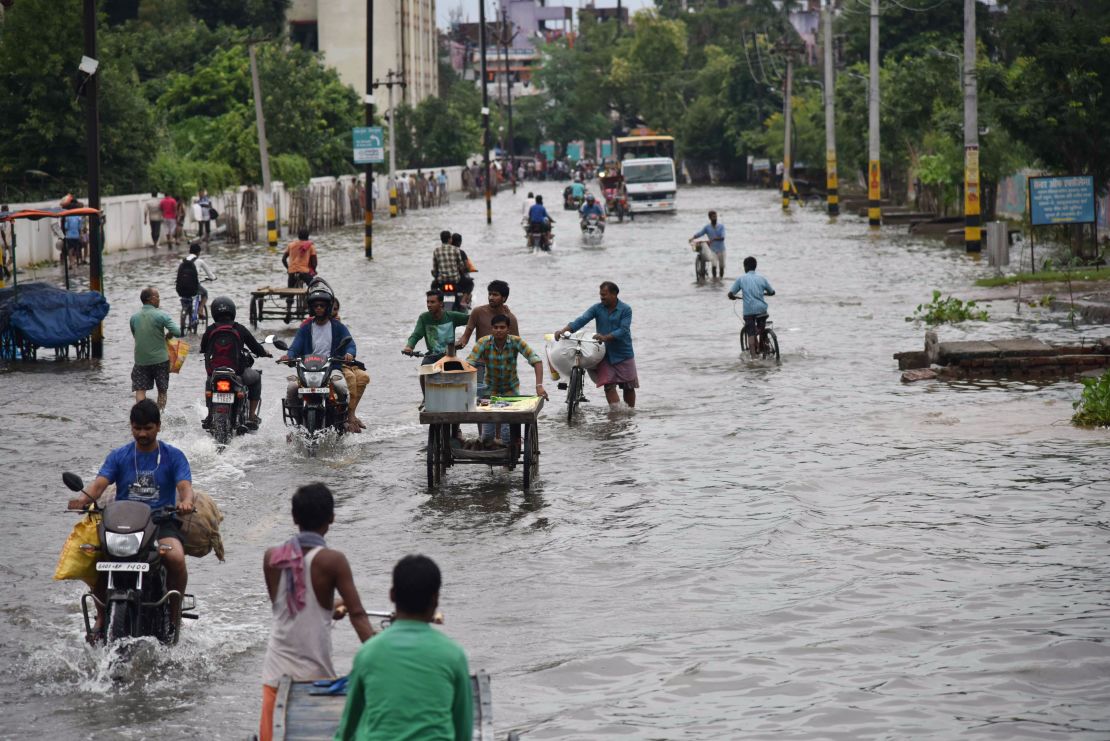
Suresh Rohilla, senior director of the Water Programme at the Centre for Science and Environment in New Delhi, says that developments in public health and sanitation have improved quality of life but ramped up demand for water.
“(In) big cities, around 30% to 40% of water goes into flushing toilets,” he says. “Instead of using buckets for bathing now, people are using showers and bathtubs.”
Krishnamurthy says that EFI’s primary goal is to restore lakes and ponds, but the organization’s work benefits India’s water supply on a small scale, because replenishing water bodies helps groundwater recharge – a process in which water filters down from the surface through soil and rocks.
He says many households depend on groundwater reserves – digging wells inside their properties to draw supply directly into their homes.
In fact, groundwater is critical to India, accounting for 80% of its water supply. Exploitation – for domestic and agricultural use – is depleting reserves at a worrying rate. According to the World Bank, the number of drilled tube wells in India rose from 1 million to nearly 30 million between 1950 and 2010, while land irrigated by groundwater expanded from nearly 3 million hectares to more than 35 million hectares – an area the size of Germany. If current trends persist, 60% of districts in India “are likely to reach (a) critical level of groundwater depletion within two decades,” says the World Bank.
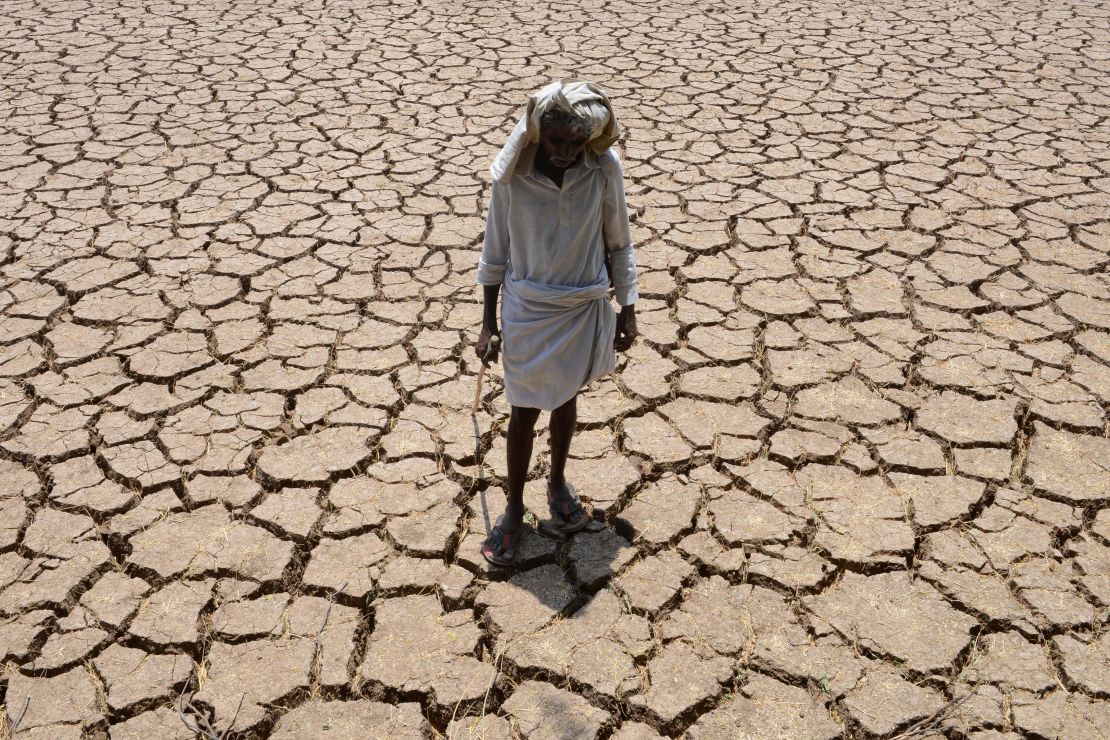
Rohilla says that while he applauds the work of community groups such as EFI in tackling India’s water problems, action should be taken from the top down.
“It is the government that owns these water bodies,” he says, adding that he’d like to see government entities use ordinances to limit development around lakes and establish a better regulatory framework to protect water resources.
Some measures are being taken. In 2019, Prime Minister Narendra Modi created the Ministry of Jal Shakti (water power) to oversee water resource management and earlier this year, the Government of India and the World Bank signed a $450 million loan agreement to tackle groundwater shortages.
Krishnamurthy agrees that stronger policy implementation would help the crisis, but he believes individuals have a significant role to play.
That’s why he wants to boost what he calls “water literacy” and raise awareness of water’s importance in people’s daily lives.
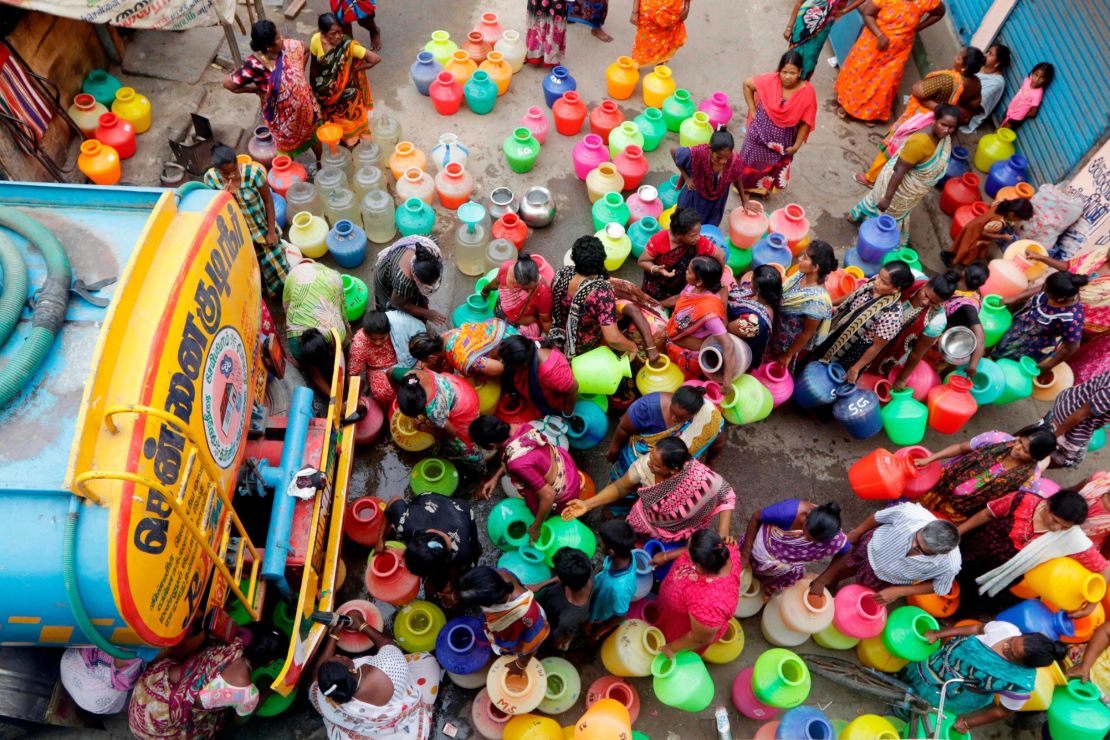
He points to the fact that groundwater in India is used free of charge, and a lot of it is wasted. “With water literacy, we will achieve water responsibility among citizens, which is the only sustainable way forward in India.”
For him, India’s water woes stem, in part, from the experience of modernization. As the country has developed, “we have lost the connection to these water bodies,” he says.
It takes a village
Krishnamurthy hopes EFI’s work will change that – by rallying public support and strengthening people’s connection with water.
More than 62,000 people volunteered with the organization in the last 18 months, he says.
Donning gloves and armed with rakes and buckets, these volunteers comb lake sides on weekends to help pick up trash.
Projects can take anything from a week to six months, says Krishnamurthy. Water bodies in dire straits sometimes need major landscaping work. In those instances, EFI hires laborers and uses heavy machinery to deepen lake beds and strengthen embankments.
EFI cleaned up Chennai’s Nattar Street Pond in 2019. It had been used as a dumping ground for plastic waste, construction debris and sewage.
However, Krishnamurthy says that EFI’s projects can never be considered “complete” because threats remain after the restoration work is done. The organization has to “keep an eye out” to ensure water bodies that have been cleaned up are conserved, he says.
To do that, EFI restores clusters of lakes and ponds in the same neighborhood and works to engage the local community.
Outreach is essential, says Krishnamurthy.
“I cannot just walk into any neighborhood and start cleaning up a lake or a pond until the community there has a buy-in … if they are willing to participate,” he says. “Otherwise, it’s just my responsibility to clean it up, and tomorrow it will go back to where it was before.”
Krishnamurthy says that conservation should be “exciting” and “motivational.” EFI produces nature documentaries that air on local TV, and its members perform musical street theater with conservation-themed song lyrics.
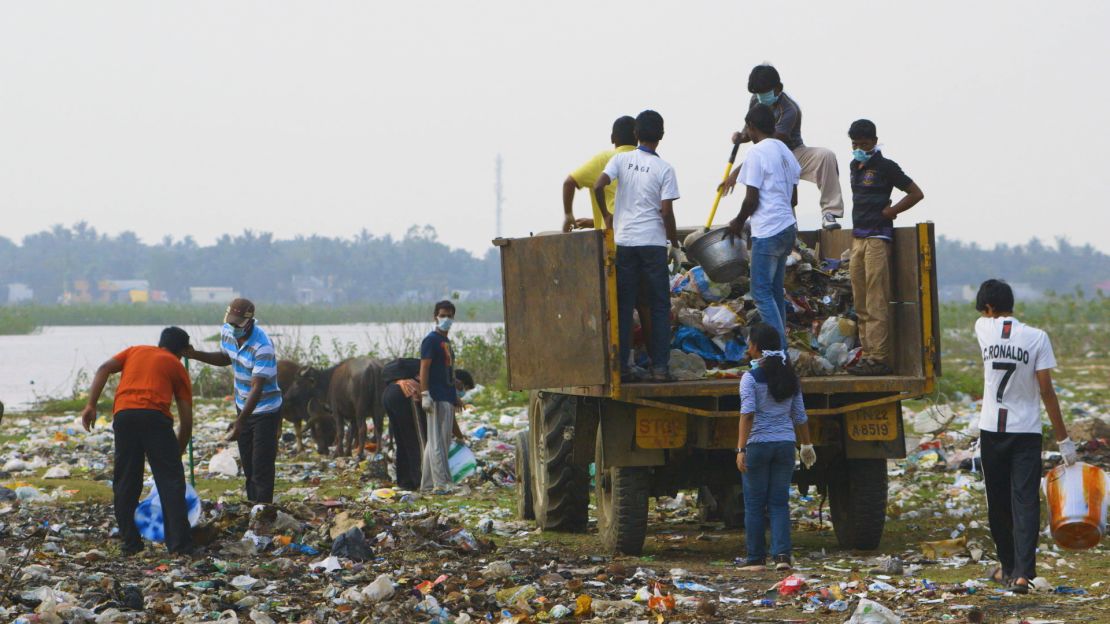
EFI is facing a sustainability challenge when it comes to waste disposal. Currently, up to 95% of the solid waste it collects from water bodies ends up in landfill.
Krishnamurthy says EFI is investigating options for reusing and recycling more of the trash although “lack of bandwidth” is always a challenge for a small organization.
But despite the challenges, he feels hopeful – not only for India but for the world. He urges people everywhere to look out for the lakes and ponds around them, and to pay attention to the dumping of waste and needs of wildlife. With the “right intentions,” says Krishnamurthy, everyone “can make an impact on our planet.”













